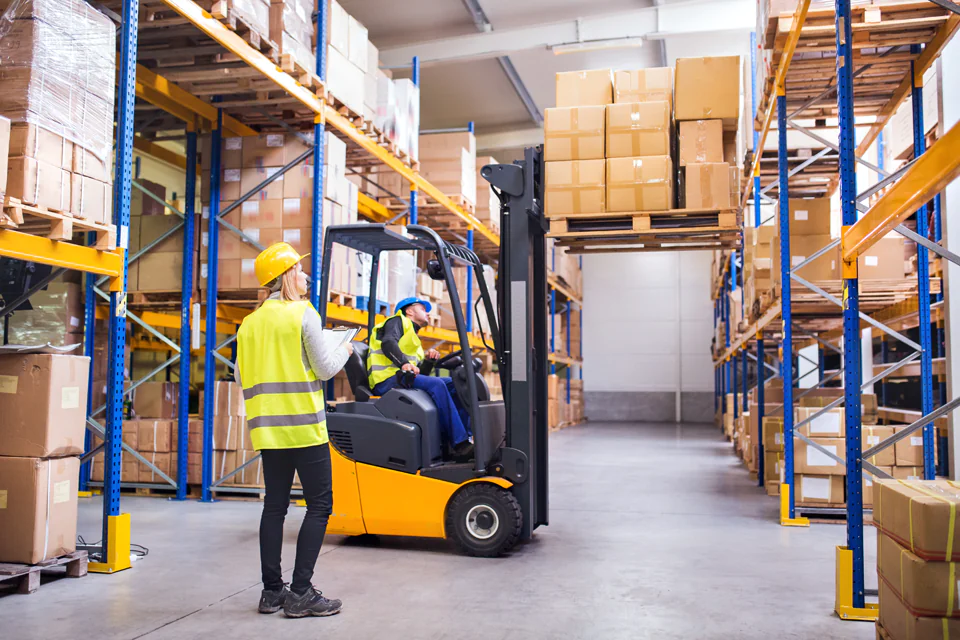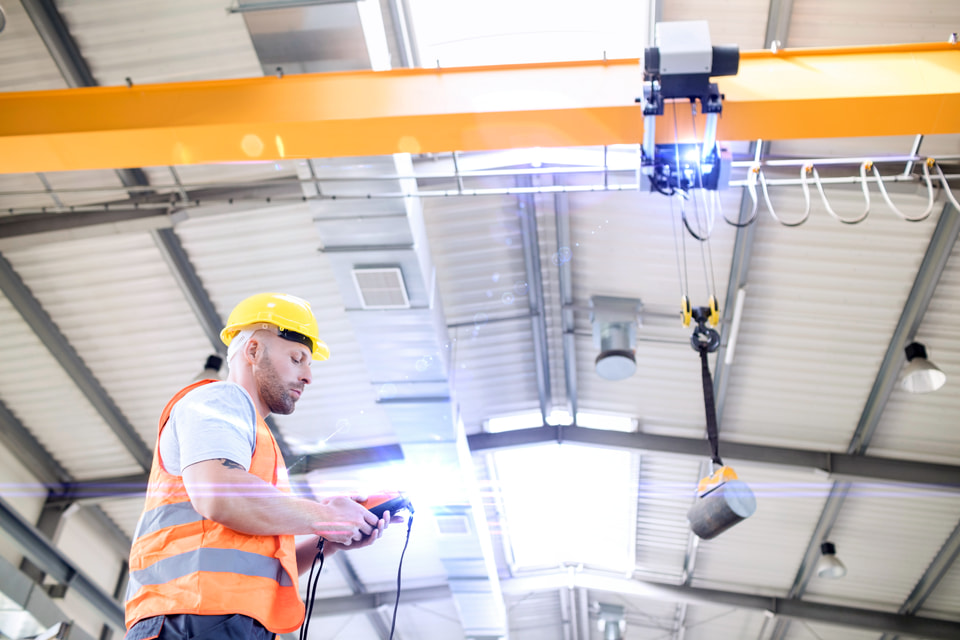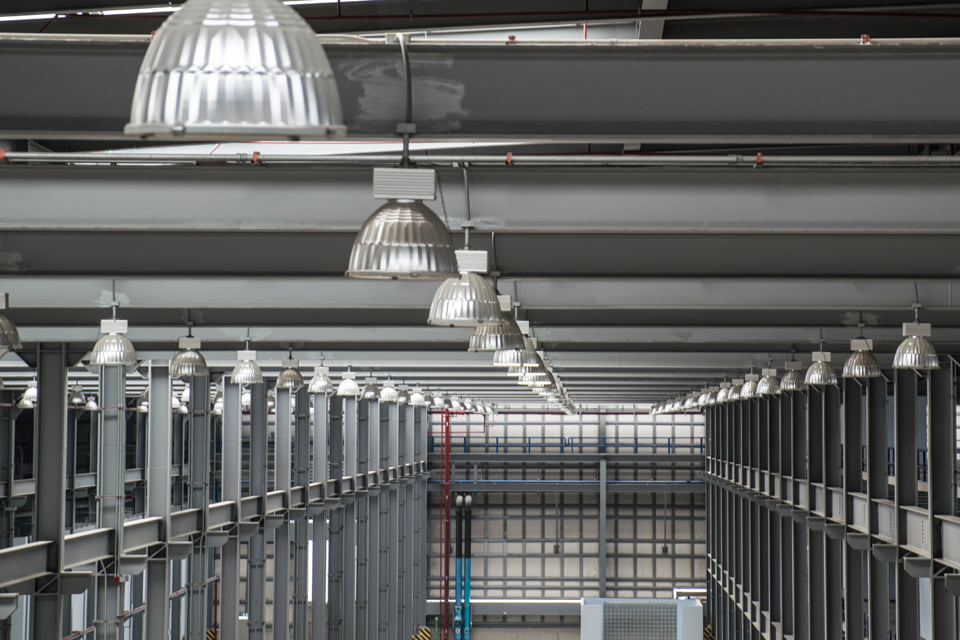Forklifts are a common sight in warehouses, construction sites, and other industrial settings. They are essential for moving heavy loads, but they can also be dangerous if not operated safely. In this blog post, we will discuss forklift safety and provide tips for avoiding accidents and injuries.
First and foremost, it is essential to receive proper training before operating a forklift. This training should cover all aspects of forklift operation, including pre-operation inspections, loading and unloading, maneuvering, and maintenance. Operators should also receive regular refresher training to ensure that they stay up to date with the latest safety procedures.
One of the most critical aspects of forklift safety is proper maintenance. Regular inspections and maintenance can help prevent equipment failures that can lead to accidents. Operators should inspect the forklift before each use, checking for any signs of damage or wear and tear. If any issues are discovered, the forklift should be taken out of service and repaired before being used again.
Preventing Accidents
Another essential aspect of forklift safety is load management. Forklift operators should never exceed the maximum load capacity of the forklift. Overloading a forklift can lead to instability, tipping, and other accidents. It is also crucial to distribute the load evenly and ensure that it is properly secured before moving it.
Safe forklift operation also requires proper maneuvering techniques. Forklifts should be driven at a safe speed, taking into account the load weight and the condition of the work environment. Operators should avoid sudden stops or turns, as these can cause the load to shift and lead to instability.
One common cause of forklift accidents is inadequate visibility. Forklift operators should be aware of their surroundings at all times, and ensure that they have a clear line of sight before proceeding. Mirrors and other visibility aids can also be used to improve visibility.
Finally, it is crucial to establish and enforce safety procedures in the workplace. This includes designating specific areas for forklift operation and overhead crane operation ensuring that these areas are well-lit and clearly marked, and training other employees to stay clear of forklifts when they are in use. It is also important to have a plan in place for dealing with emergencies, such as accidents or equipment failures.
Conclusion
In summary, forklift safety is a crucial aspect of workplace safety in industrial settings. Proper training, maintenance, load management, maneuvering techniques, and visibility all play a role in preventing accidents and injuries. By following these tips and establishing and enforcing safety procedures in the workplace, employers can help ensure that their employees stay safe while operating forklifts.



